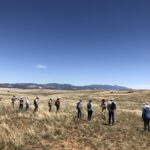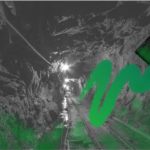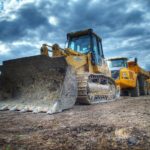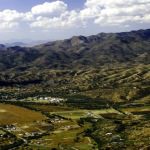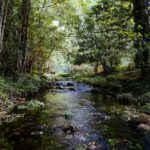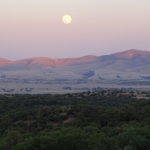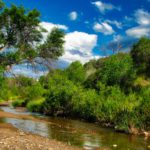By Wendy Russell
The Patagonia Area Resource Alliance and Earthworks are working together to analyze AZ Mining Inc / Wildcat Silver’s Hermosa open pit mine plans so that our community can better understand its likely impacts. Earthworks is a national non-profit organization dedicated to protecting communities and the environment from the impacts of irresponsible mineral and energy development while seeking sustainable solutions. Earthworks stands for clean water, healthy communities and corporate accountability.
Here are some of the outcomes we can expect if the proposed Hermosa drilling project moves forward.
By reading reports that AZ Mining Inc / Wildcat Silver has recently released to investors which contain detailed information about its mining plans in the Patagonia Mountains, one can understand the purposes behind its current drilling exploration proposal of “drilling 24 geotechnical boreholes, 10 exploration boreholes and 12 hydrogeologic boreholes / monitoring wells, and excavating 16 test pits.” Spoiler alert: the sole purpose of the drilling proposal is to advance an open pit mine plan.
One purpose of the monitoring wells, as described in a January 2014 AZ Mining Inc /Wildcat Silver report, is to help “determine the quantity, location and pumping rates required to dewater the pit.” By the second year of mining,AZ Mining Inc / Wildcat Silver’s open pit would go below the water table, and water would be seeping into the pit. In order to mine,AZ Mining Inc / Wildcat Silver would have to continuously pump out this groundwater. The study says, “This creates a cone of depression around the pit allowing mining to take place.” What the report does not say is that this “cone of depression” will lower groundwater levels of the broader landscape. A rough calculation of groundwater pumping required by the mine would be 670 million gallons of water annually. To put this in perspective, the groundwater level for the town of Patagonia has already dropped nearly 18 feet since 2008, and the town uses approximately 42 million gallons per year. Wildcat’s mining would require 15 times that amount.
The geotechnical exploration that is slated to occur primarily in Corral Canyon and Goldbaum Canyon is also for AZ Mining Inc / Wildcat Silver’s open pit mine plans. Corral Canyon is described in AZ Mining Inc /Wildcat Silver’s report as “an optimal location for siting the TSF [Tailings Storage Facility]. Tailings typically contain dangerous chemicals, including arsenic, lead, mercury, and processing chemicals like acids and cyanide. AZ Mining Inc / Wildcat Silver notes that Corral Canyon is “at the top of the watershed.” It is also the top of the Patagonia Municipal Supply Watershed, the sole source of drinking water for the town of Patagonia and an additional 300 area wells.
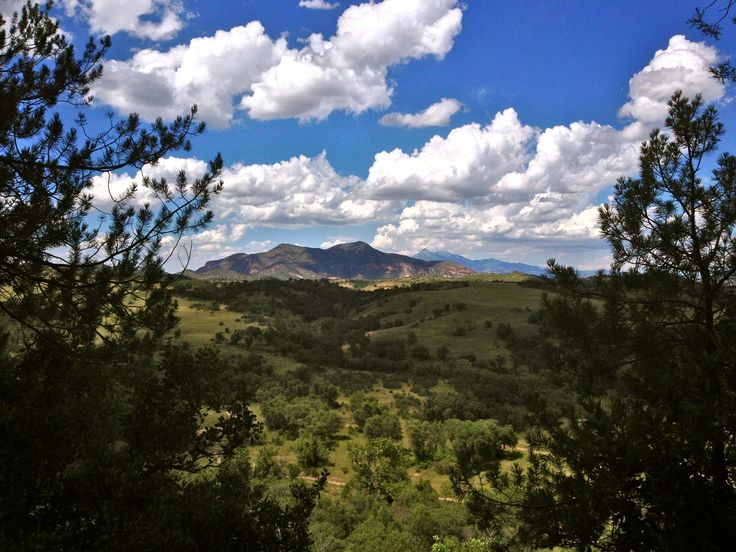
Corral Canyon in the Patagonia Mountains, proposed site for AZ Mining Inc / Wildcat Silver’s mine tailings piles.
AZ Mining Inc /
Goldbaum Canyon is the planned location for AZ Mining Inc / Wildcat Silver’s Waste Rock Storage Facility. Waste rock is rock that does not contain desired minerals. It often contains iron, which can transform to produce acid run-off when exposed to air and water. This phenomenon is known as acid drainage. Acid drainage is irreversible and is already an ongoing issue from historic mines in the Patagonia Mountains.
The 10 exploration holes proposed in the current drilling plan, whose purpose is to prove the extent of the silver deposits, are essentially the same exploration holes AZ Mining Inc / Wildcat Silver proposed in 2011 but withdrew when PARA, Defenders of Wildlife, and Sky Island Alliance sued the Forest Service over its approval of Wildcat’s plans.
Advancing an Open Pit Mine
By reading AZ Mining Inc / Wildcat Silver’s reports to investors, it becomes clear that the only purpose of the Hermosa drilling proposal is to further develop an open pit mine plan. It is most certainly not a water study done for the benefit of the Town of Patagonia–a concocted assertion put forward by supporters of the mine. A peer-reviewed study of AZ Mining Inc / Wildcat Silver’s mine plan being prepared by PARA and Earthworks will provide the facts and detailed information on anticipated risks to our groundwater, the potential for acid drainage contamination, and heavy metals pollution, as well as the range of issues associated with air pollution, light and noise pollution.


